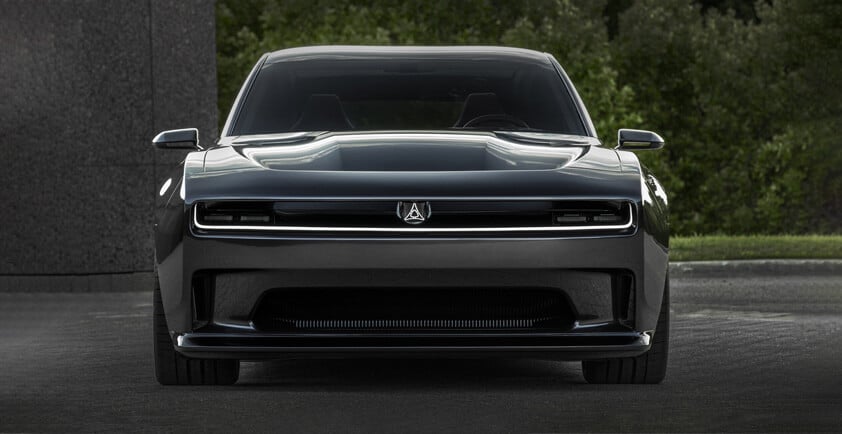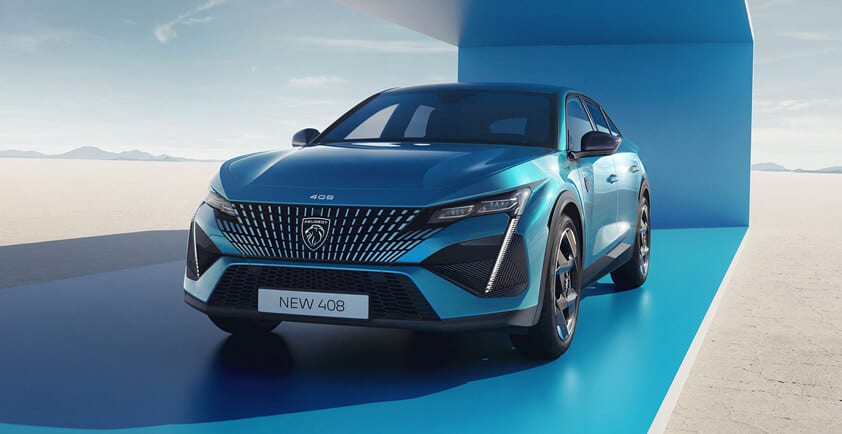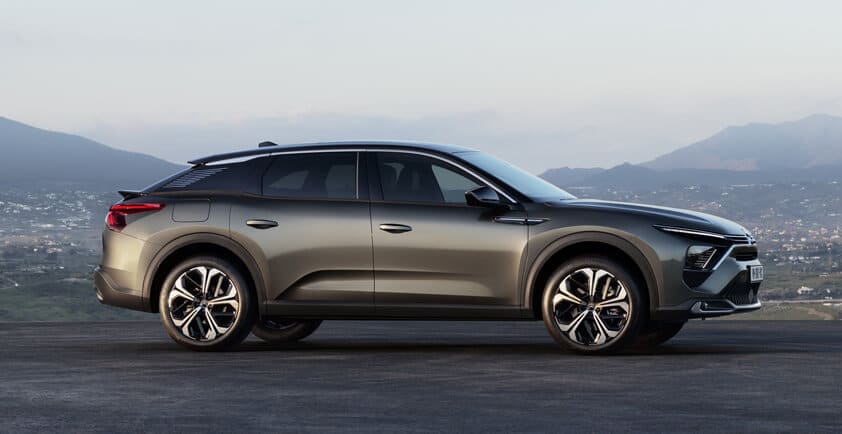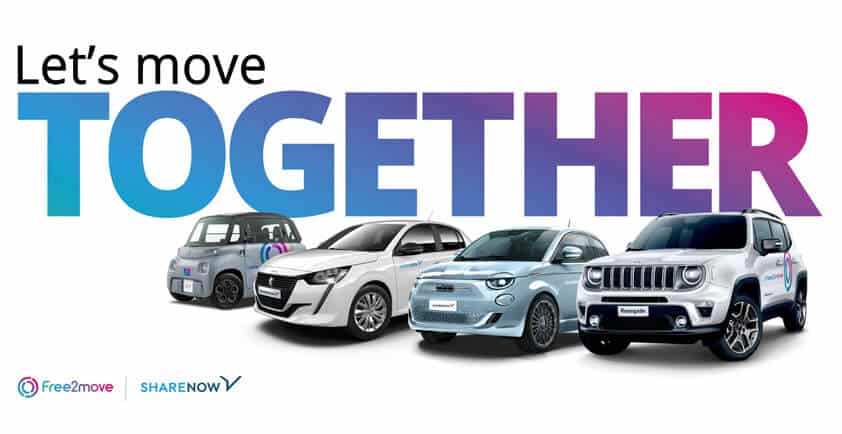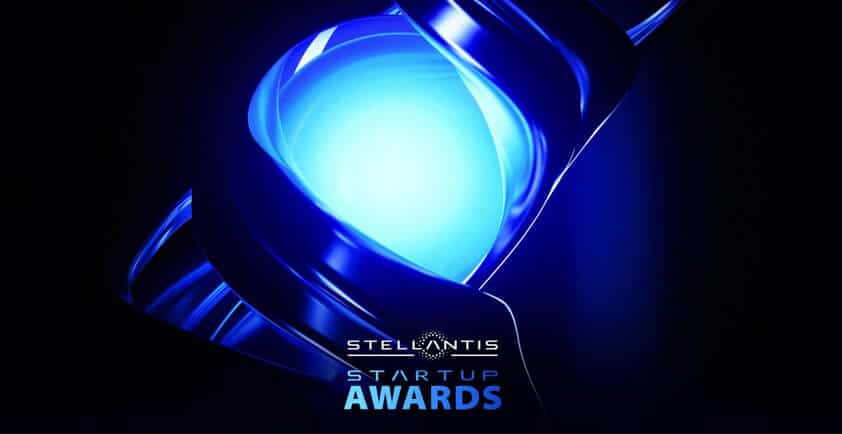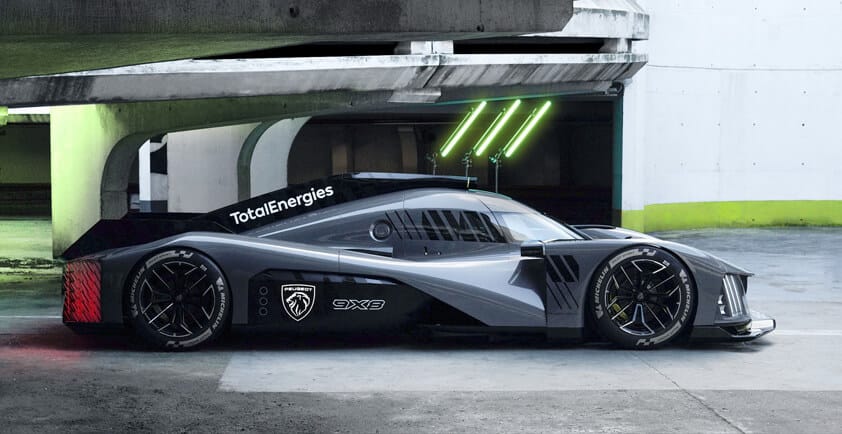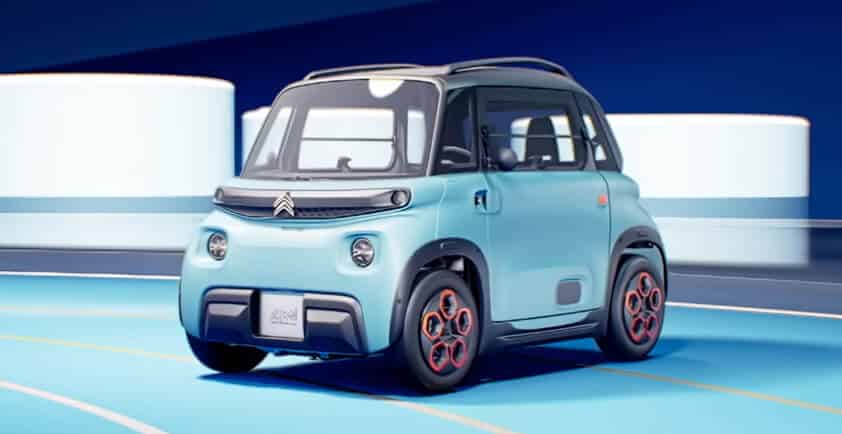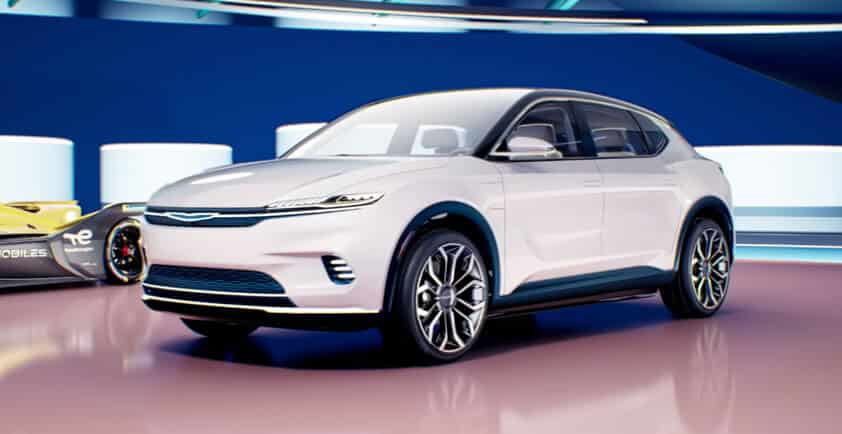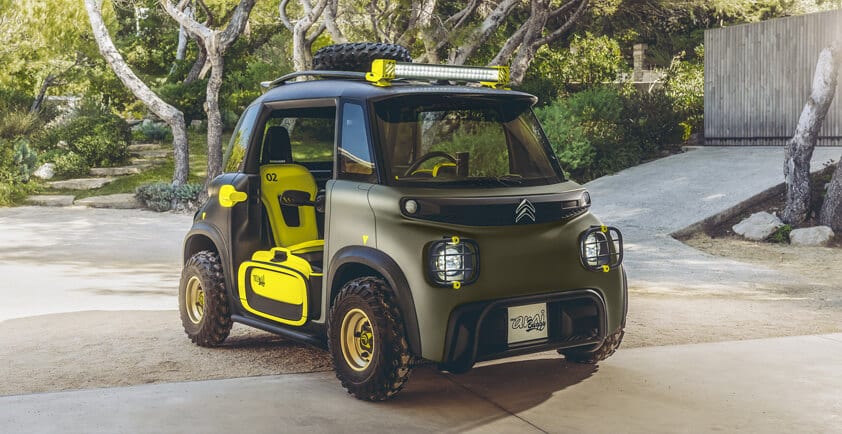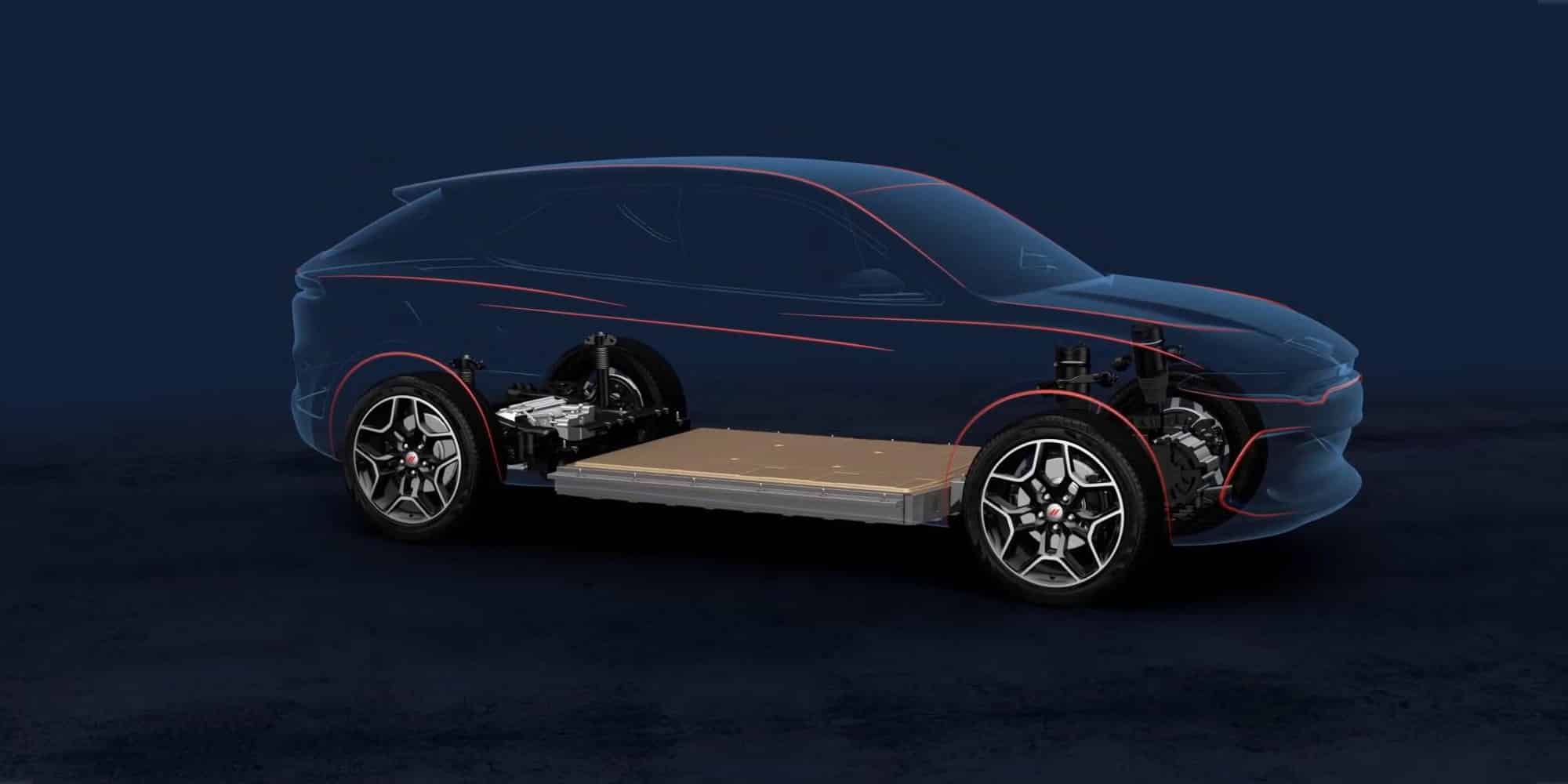

STELLANTIS INTENSIFIES ELECTRIFICATION WHILE TARGETING SUSTAINABLE DOUBLE-DIGIT ADJUSTED OPERATING INCOME MARGINS IN THE MID-TERM
>> Plans to invest more than €30 billion through 2025 in electrification and software, while continuing to be the automotive efficiency frontrunner, with investment efficiency 30 percent better than industry average
>> Targeting over 70 percent of sales in Europe and over 40 percent in the United States to be low emission vehicle (LEV) by 2030
>> All 14 brands committed to offering best-in-class fully electrified solutions
>> Delivering BEVs that meet demands of customers, with ranges of 500-800
km/300-500 miles and class-leading fast charging capability of 32 km/20 miles per
minute
>> Four flexible BEV-by-design platforms, scalable family of three electric drive
modules and standardized battery packs to cover all brands and segments
>> Platforms designed for long life via software and hardware upgrades
>> Global EV battery sourcing strategy of over 260GWh by 2030, supported by five
“gigafactories” between Europe and North America
>> Plans include dual battery chemistries: a high energy-density option and a nickel
cobalt-free alternative by 2024
>> Solid state battery technology introduction planned in 2026
AMSTERDAM - Stellantis N.V. presented today a comprehensive electrification strategy that delivers exciting, class-leading vehicles for the Company’s iconic brands, while leveraging in-house expertise, partnerships and joint ventures to deliver advanced technology at affordable prices. This strategy will allow the Company to target sustainable, double-digit Adjusted Operating Income margins in the mid-term.
“The customer is always at the heart of Stellantis and our commitment with this €30 billion plus investment plan is to offer iconic vehicles that have the performance, capability, style, comfort and electric range that fit seamlessly into their daily lives,” said Carlos Tavares, Chief Executive Officer, Stellantis. “The strategy we laid out today focuses the right amount of investment on the right technology to reach the market at the right time, ensuring that Stellantis powers the freedom of movement in the most efficient, affordable and sustainable way.”
Financial Performance
Stellantis plans to achieve increased profitability in the coming years. This will be supported by the execution of the synergy opportunities arising from the formation of Stellantis, with a forecast of annual cash synergies of more than €5 billion at steady state, the roadmap of battery cost reductions, and the continued optimization of distribution and production costs and realization of new revenue streams, in particular from connected services and future software business models.
As a result, Stellantis is targeting to achieve sustainable, double-digit Adjusted Operating Income margins in the mid-term (~2026), making the Company a benchmark in profitability in the provision of electrified mobility to customers on a global basis.
Stellantis intends to become the market leader in low emission vehicles (LEV). Through 2030, Stellantis’ LEV mix for passenger cars in Europe is targeted to steadily grow to over 70 percent – 10 percentage points ahead of current industry assumptions for overall market mix. In the U.S., Stellantis’ LEV mix for passenger cars and light-duty trucks is expected to be more than 40 percent by 2030.
To execute this strategy, Stellantis plans to invest more than €30 billion through 2025 in electrification and software development, including equity investments made in joint ventures to fund their activities, while targeting to continue to be 30 percent more efficient than the industry with respect to total Capex and R&D spend versus revenues.
The Company remains committed to growing its commercial vehicle leadership in Europe and strengthening its position in North America while aiming to be the global leader in e-Commercial vehicles. Leveraging knowledge and embracing synergies, the commercial vehicle electrification rollout will extend to all products and all regions over the next three years, including the delivery of hydrogen fuel cell medium vans by the end of 2021.
The Stellantis electrification roadmap encompasses the entire value chain. The Company’s EV battery sourcing strategy is to secure more than 130 gigawatt hours (GWh) of capacity by 2025 and more than 260 GWh by 2030. The EV battery and component needs will be met with a total of five “gigafactories” in Europe and North America, completed with additional supply contracts and partnerships to support total demand.
Stellantis has signed MOUs with two lithium geothermal brine process partners in North America and Europe to ensure a sustainable supply of lithium, identified as the most critical battery raw material with regard to availability, as well as have the ability to integrate lithium into the supply chain once available.
In addition to sourcing strategies, Stellantis’ technical expertise and manufacturing synergies will drive battery costs lower. Electric vehicle battery pack costs are targeted to be reduced by more than 40 percent from 2020 to 2024 and by more than an additional 20 percent by 2030. All aspects of the battery pack play a role in reducing the costs – optimizing the overall pack, simplifying the format of the modules, increasing the size of the battery cells and upgrading the battery chemistry.
The Company intends to maximize the full value of the battery life cycle through repair, remanufacturing, second-life use and recycling, as well as ensure a sustainable system that prioritizes customer needs and environmental concerns.
Customer Focused
Affordability is a priority at Stellantis, as the Company is targeting for the total cost of ownership of EVs to be equivalent to internal combustion engine vehicles by 2026.
Electrification is not a “one size fits all” plan at Stellantis. Each of the Company’s 14 iconic brands is committed to offering best-in-class fully electrified solutions and doing so in a way that enhances the DNA of each brand. Stellantis revealed the following statements expressing each of the brand’s electrification approach:
> Abarth – “Heating Up People, But Not the Planet”
> Alfa Romeo – “From 2024, Alfa Romeo Becomes Alfa e-Romeo”
> Chrysler – “Clean Technology for a New Generation of Families”
> Citroën – “Citroën Electric: Well-Being for All!”
> Dodge – “Tear Up the Streets... Not the Planet”
> DS Automobiles – “The Art of Travel, Magnified”
> Fiat – “It’s Only Green When It’s Green for All”
> Jeep® – “Zero Emission Freedom”
> Lancia – “The Most Elegant Way to Protect the Planet”
> Maserati – “The Best in Performance Luxury, Electrified”
> Opel/Vauxhall – “Green is the New Cool”
> Peugeot – “Turning Sustainable Mobility into Quality Time”
> Ram – “Built to Serve a Sustainable Planet”
> Commercial Vehicles – “The Global Leader in e-Commercial
Vehicles”
Driving range and rapid recharges are key to widespread consumer acceptance of BEVs. Stellantis meets this challenge with BEVs that will deliver ranges between 500-800 km/300-500 miles and with class-leading fast charging capability of 32 km/20 miles per minute.
Stellantis will offer a full suite of solutions for private, business and fleet customers that help simplify the ownership journey. Efforts will include providing day-to-day smart charging offers using green energy sources, tapping into existing partnerships to expand charging options and accelerating smart grid use.
The Company intends to meet the demands of its varied customers by supporting the development of fast charging networks across Europe, enabled by a memorandum of understanding (MOU) signed between Free2Move eSolutions and Engie EPS. The intention is to mimic Free2Move eSolutions’ business model for the North American market.
Smart Technology Enablers
Four BEV-centric platforms are the backbone of the electrified vehicles from Stellantis brands. The platforms are designed with a high level of flexibility (length and width) and component sharing, delivering economies of scale as each platform can support production of up to two million units per year.
The four platforms are:
> STLA Small, with a range up to 500 kilometers/300 miles
> STLA Medium, with a range up to 700 kilometers/440 miles
> STLA Large, with a range up to 800 kilometers/500 miles
> STLA Frame, with a range up to 800 kilometers/500 miles
Propulsion includes a family of three electric drive modules (EDM) that combine the motor, gearbox and inverter. These EDMs are compact, flexible and can be easily scaled. The EDMs can be configured for front-drive, rear- drive, all-wheel drive and 4xe.
The combination of the platforms, EDMs and high energy-density battery packs will deliver vehicles with best-in-class performance in efficiency, range and recharging.
A program of hardware upgrades and over-the-air software updates will extend the life of the platforms well into the next decade. Stellantis will develop software and controls in-house to maintain the characteristics unique to each brand.
Battery packs will be tailored for a variety of vehicles – from smaller city cars to energy-dense packs for performance vehicles and trucks. Use of two battery chemistries is planned by 2024 to support various customer needs: a high energy-density option and a nickel cobalt-free alternative. By 2026, the first competitive solid state battery technology is targeted to be introduced.
Stellantis currently has or is completing several key technology joint ventures, ranging from e-powertrain and e-transmission operations to battery cell chemistry and production and digital cockpit and personalized connected services. These partnerships provide Stellantis the opportunity to leverage not only in-house competencies, but also the expertise of the partners in order to bring new technology and solutions to market more rapidly, while optimizing capital allocation to further enhance Stellantis competitiveness in the marketplace.
“Our electrification journey is quite possibly the most important brick to lay as we start to reveal the future of Stellantis just six months after its birth, and now the entire company is in full execution mode to exceed every customer’s expectations and accelerate our role in redefining the way the world moves,” said Carlos Tavares. “We have the scale, the skills, the spirit and the sustainability to achieve double-digit Adjusted Operating Income margins, lead the industry with benchmark efficiencies and deliver electrified vehicles that ignite passion.”
